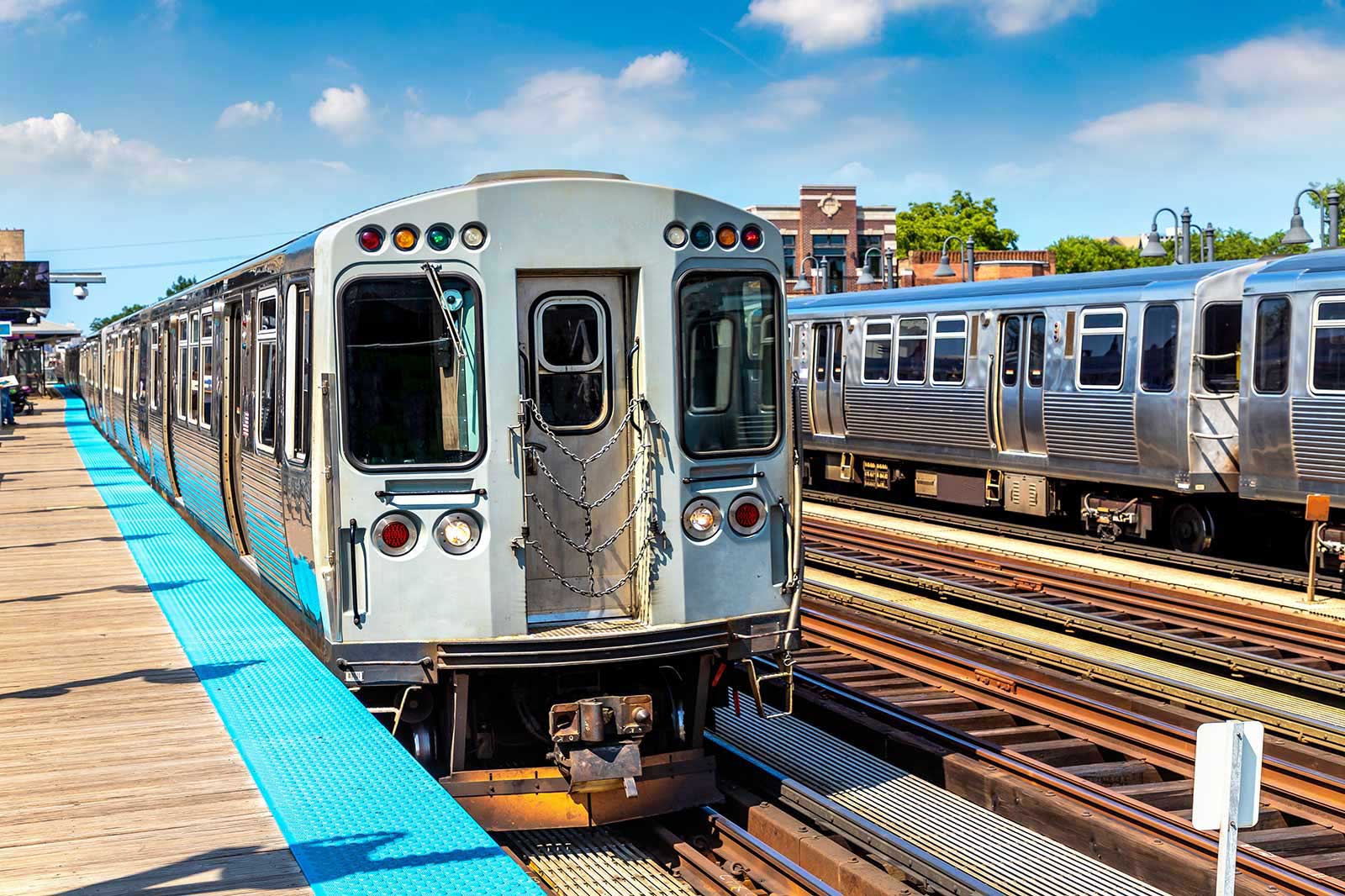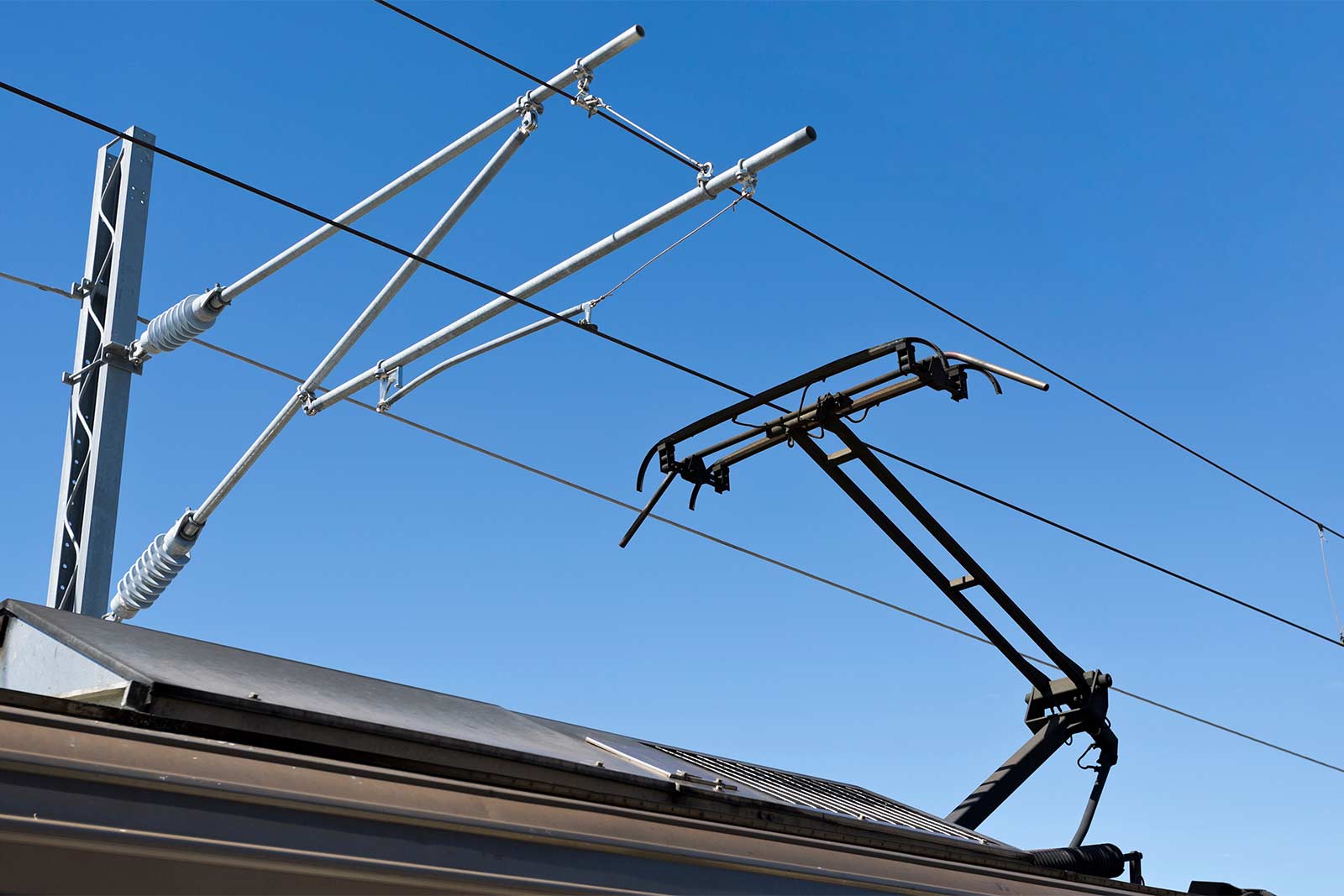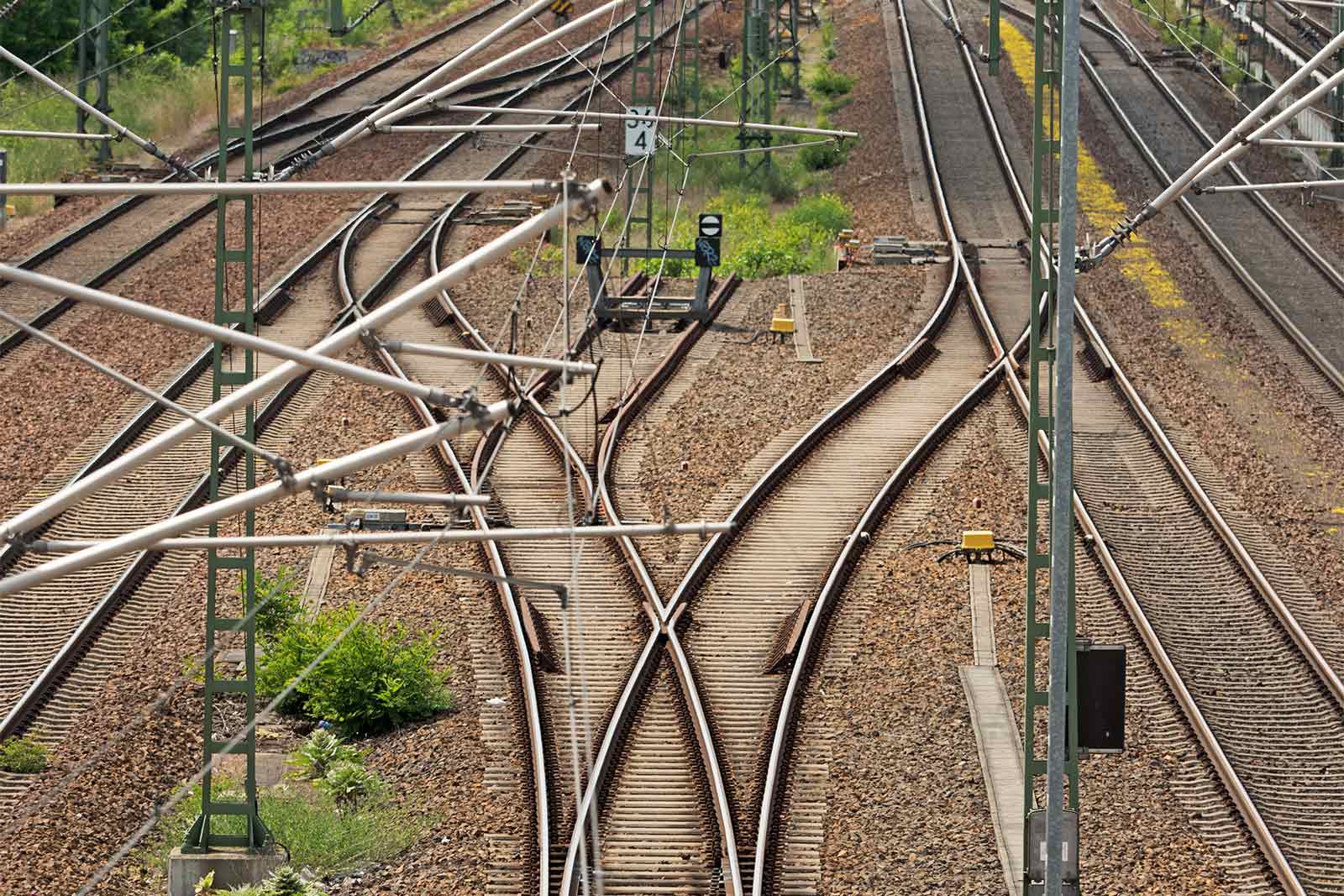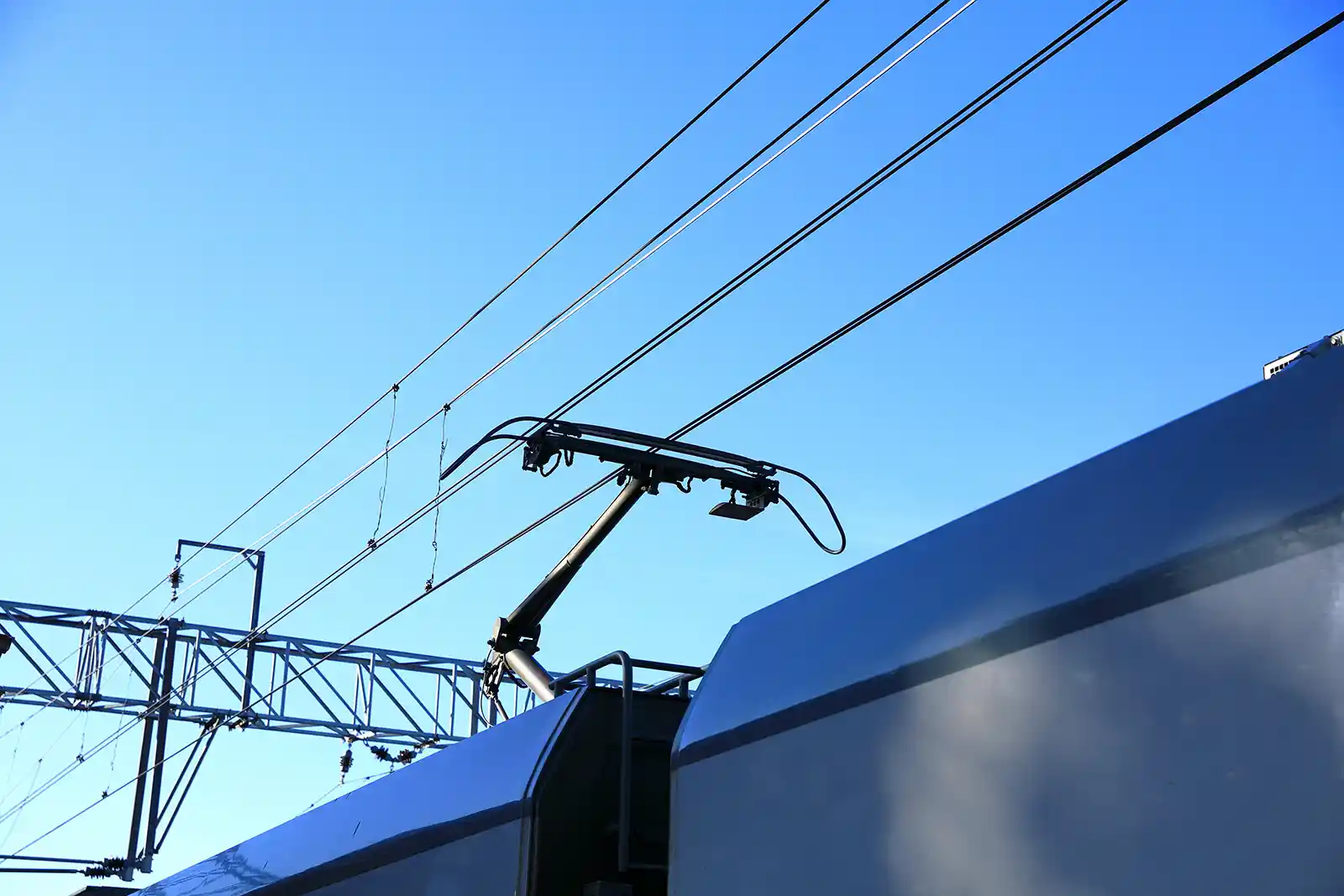Millions of people all over the world rely on public transportation every day to commute to work, visit friends and family, engage in leisure activities, and run errands. And as the global population becomes ever more conscious about the impact of human activity on the environment, the need for sustainable forms of transportation is growing.
Electric transit, such as third-rail and overhead catenary system railways, is perhaps the most reliable and eco-friendly form of transportation and is utilized in cities across the world. To power these systems, it is necessary to have a collector that makes direct contact with the power lines and transmits the electricity to the vehicle, powering it and allowing it to move along the rails.
Today, we will take a close look at two types of these collectors: pantographs and trolley shoes. How are they used, what are the advantages of one system over another, and what maintenance concerns need to be taken into consideration?
What Are the Key Differences Between Pantograph and
Trolley Shoe Collectors?
The ways in which pantograph and trolley shoe-style collectors are fabricated and used within electric rail systems are quite different. Each requires a certain type of hardware as well.
Pantograph Collectors
In the case of an overhead catenary system with a pantograph collector, there is little to ensure sidewall clearance on the trolley wire itself. The pantograph runs up against a wire, gliding along and gathering its power.
It’s very easy to make a diverging wire transition in a pantograph system simply by placing the clamps and drawing the wires down and close to each other in a particular way. However, this is not possible when a trolley shoe is used.
Trolley Shoe Collectors
With trolley shoe collectors, the shoe extends up beyond the wire. This means that any hardware protruding into the horizontal plane can be caught by the shoe collectors. Therefore, it is important to be very selective about which clamps are used to connect the shoe to the contact wire. It is usually possible to use trolley shoe-style clamps in a pantograph system, but not the other way around for this reason.
To make a diverging wire transition in a trolley shoe system, it’s necessary to cut the wire and place a crossover that allows the shoe to pass through the diverging wires.
Where Are Pantograph and Trolley Shoe Collectors Used?
A pantograph usually is used in a system that has a single contact wire above the train supplying the positive voltage. The return runs through the rails beneath the train, completing the circuit. Trolley shoe collectors usually are used in systems that have two contact wires, one carrying positive voltage and the other negative. This completes the entire circuit within the overhead wires.
Trolley shoe collectors are also used in old-style streetcars. (One well-known example is the vintage San Francisco Market Street system.) These use a trolley shoe and a single wire, with the ground returning through the rail. Some locales — Toronto, for example — are also in the process of changing over from shoe collectors to pantographs, creating a hybrid system in the interim.
What Are the Advantages of Each System?
Taken as a whole, pantograph systems have many advantages over trolley shoe collector systems. A pantograph system can draw more power, which often is necessary to keep large, multi-carriage vehicles moving. In a trolley shoe system, propulsion power generally is all that’s provided — these types of vehicles usually do not have additional modern conveniences such as air conditioning.
Due to the special requirements for navigating curves and diverging routes, trolley shoe systems often are far slower than pantograph systems in practice.
Today, the use of trolley shoe systems is often for the purpose of historical preservation and retaining a sense of yesteryear.
Are There Differences in Maintenance?
Overall, maintenance considerations between pantograph and trolley shoe collector systems are very similar. For example, regular cleaning of insulators and sectionalizers is essential to ensure the systems keep running smoothly and safely.
There is no applicable single standard, as each individual system will have its own maintenance requirements driven by such factors as the number of cars, the number of trips made by each car, and the conditions and environment in which the system is operating. Maintenance plans must be fluid, adaptable, and based upon the individual system’s needs.
In a trolley shoe system, there are no tension devices such as springs and balance weights to maintain. This means that these systems may be slightly easier to keep up than their pantograph counterparts, whose elements are auto-tensioned with components that require additional checks and maintenance. However, the many advantages of a pantograph system still largely outweigh this small disadvantage in maintenance requirements.
On the opposite side of the equation, some clients have said that, in certain cases, there can be additional maintenance requirements for trolley shoe systems. For example, the carbon shoe insert running on the wire may need to be replaced as often as once per day in wet weather.
Learn More About Electric Transit Accessories
Here at MAC Products, we fabricate and supply various clamps, supporting hardware, and other accessories for use in electrified transit systems. Within this industry, it is generally expected that these components will be manufactured to last around 30 years. In practice, and in the absence of other considerations, such as human error, MAC’s components last for much longer.
If you would like to learn more about any of these products or any other aspect of your overhead catenary system needs, please contact us, and a member of our team will be pleased to assist you.
Related Posts

What Is a Third Rail System, and What Are Its Benefits?
Third rail systems are a common means of delivering power to trains. Learn more about what these types of systems are.





